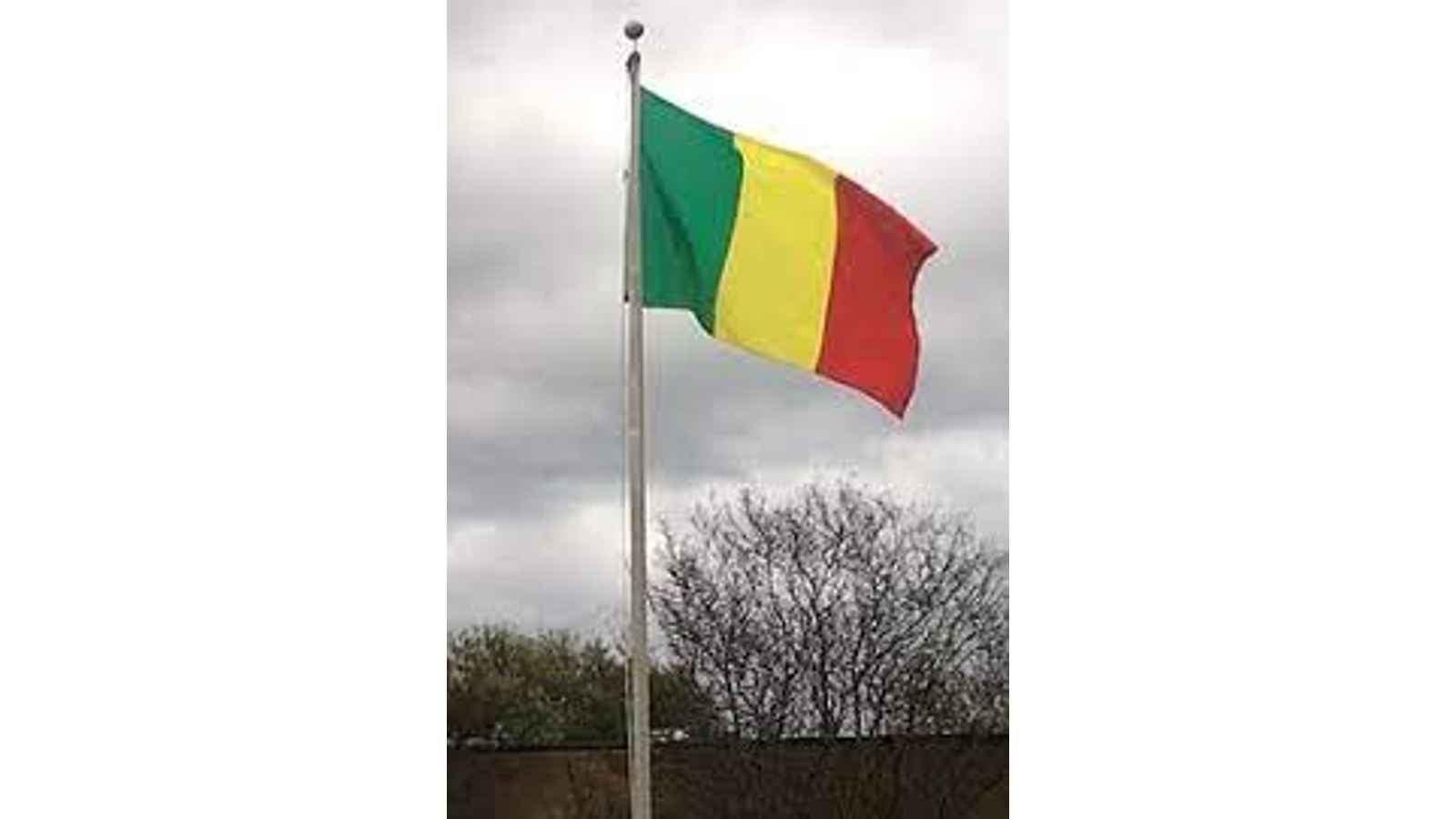Mali celebrates its Independence Day on September 22 each year. The eighth-largest country in Africa is celebrating its hard-won independence. On the anniversary of Mali’s independence from France, the entire country observes a national holiday. This indicates a holiday for government institutions, schools, colleges, and the majority of enterprises. Mali’s Independence Day, also known as ‘Republic Day,’ is filled with festive activities, speeches, and demonstrations, the largest of which takes place in the city of Bamako.
The background of Mali Independence Day
The region of West Africa that we now call Mali was formerly one of three enormous empires that dominated sub-Saharan commerce. Not only were the Ghana Empire, Mali Empire, and Songhai Empire tremendously powerful, but they were also incredibly wealthy. Mali was one of the wealthiest nations in Africa and the globe, and its emperor at the time, Mansa Musa, is commonly regarded as the richest person in history. The country was also a center of Islam and a renowned center of learning and culture.
Over time, as the Mali empire weakened, it was absorbed by the expanding Songhai Empire. The once-rare and prosperous sub-Saharan trade route began to lose prominence as Europe established alternative trade routes. The influence and power of these once-prosperous empires declined dramatically. Even as colonialism extended across the globe in the 19th century, Mali’s distance from the ocean helped the region avoid subjugation. However, the Mali empire had endured a series of internal Islamic religious conflicts, resulting in the formation of multiple theocratic states in the region. Now, France took an interest in the landlocked nation, progressively seizing control by 1892, and annexing it as a colonial territory in 1905.
The territorial assembly known as the Sudanese Union–African Democratic Party (Union Soudanaise–Rassemblement Démocratique Africain or U.S.–R.D.A.) was not established until 1946. This was the initial step toward autonomy and independence from French authority. In January 1959, they merged with Senegal to create the Mali Federation. In June 1960, France signed an agreement to return power to the indigenous population, which went into effect in July 1960.
The Mali people, however, were about to suffer a second setback. Senegal and Mali have manifested policy disparities. This, along with dashed expectations that additional Francophone regions would join their union, led to the dissolution of the Mali Federation in August of the same year. Mali proclaimed independence a month later and became the Republic of Mali. Since then, commemorations of this fight for independence have been conducted annually.
Armenia Independence Day 2023: Date, History, Facts about Armenia
Belize Independence Day 2023: Date, History, Facts, Activities
Malta Independence Day 2023: Date, History, Facts about Malta
MALI DAY OF INDEPENDENCE ACTIVITIES
Explore the Mali Empire
Examine diverse sources, literature, and documentaries on the ancient Mali Empire. Learn about fascinating new information, what made this place so unique, and how they became special learning centers.
Take part in their festivities.
You may purchase a plane ticket to Mali for the celebrations, or you may simply check to see if any online events are taking place. On this day, there may be television coverage of special parades and other events that you will not want to miss.
Learn about Mali culture
This is an immense land with diverse traditions, customs, and even languages. Explore the music, cuisine, and customs of various communities in this region. You can begin your search for sources online, then proceed to bookstores.
5 fascinating facts about MALI
Mali is the third-largest producer of gold in Africa due to its rich reserves of natural resources, including gold, which makes it the third-largest gold producer in Africa.
Mali’s proximity to the equator makes it one of the warmest nations on the planet.
The geographical marker that divides the Earth’s hemispheres is located in Gao, Mali.
In 2017, nearly 67% of Mali’s population was under 25 years old, making Mali one of the youngest countries in the globe.
In addition to Bambara and French, there are a total of twelve official national languages.
MALI INDEPENDENCE DAY DATES
| Year | Date | Day |
|---|---|---|
| 2023 | September 22 | Friday |
| 2024 | September 22 | Sunday |
| 2025 | September 22 | Monday |
| 2026 | September 22 | Tuesday |
| 2027 | September 22 | Wednesday |



